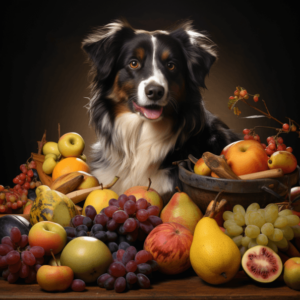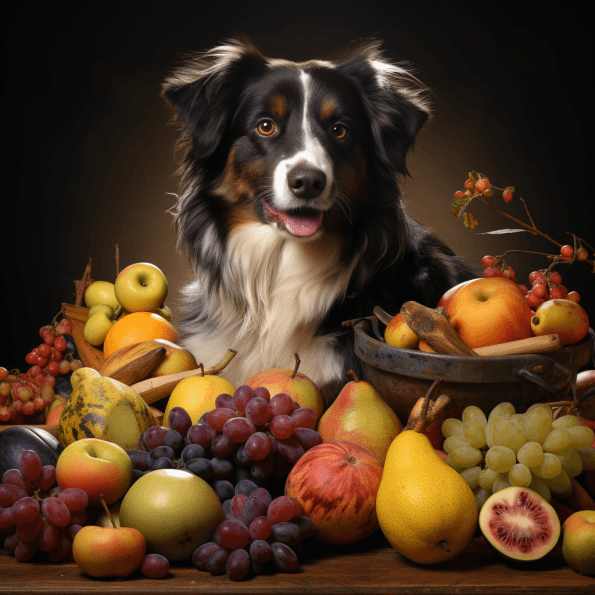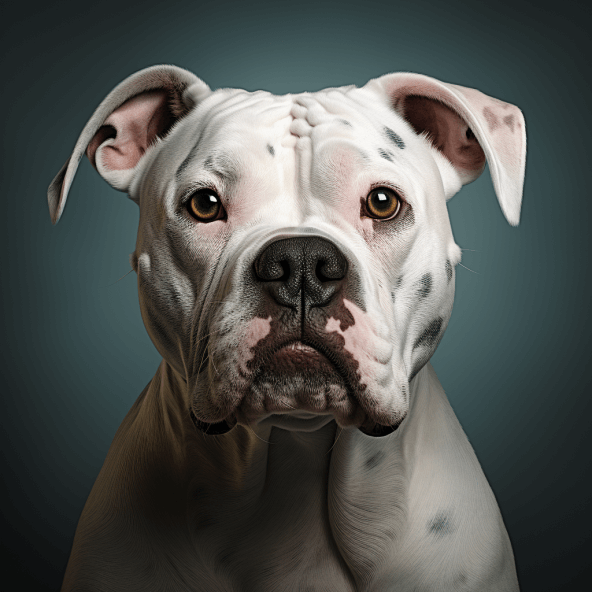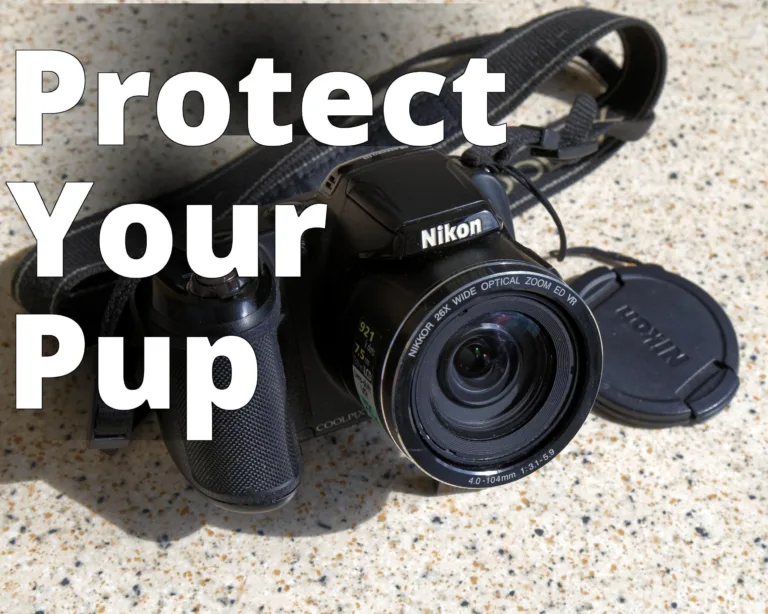What Can Dogs Not Eat?
Navigating your way through the extensive list of human foods that are harmful to your furry friend can feel like walking through a minefield. The guide “What Can Dogs Not Eat” is your much-needed roadmap in this complex task. Serving as your trusty companion, it lays out in fine detail the dos and don’ts of your dog’s diet, from common kitchen staples to those unusual treats one might consider. You’ll discover the perils lurking in your pantry and become adept at safeguarding your pet’s health. With this handpicked trove of information, accommodating your dog’s dietary needs will become as effortless as throwing them their favorite ball.
Understanding Dog Nutrition
Just like us humans, dogs require a balanced diet for their overall health and wellbeing. What you feed your precious pooch can make a huge difference in their quality of life. Therefore, gaining knowledge about dog nutrition can be a real lifesaver, quite literally!
The Canine Digestive System
Starting with the basics, a dog’s digestive system works similarly to ours but is specialized for a carnivorous diet. When your furry friend gulps down their meal, it’s broken down in the stomach into useable components: proteins, fats, and carbohydrates. These nutrients are absorbed in the small intestine, while unuseable parts are eliminated through the large intestine. Understanding this process can help you scan those dog food labels more knowledgeably.
Balanced Diet for Dogs
Now, what exactly is a balanced diet for dogs? It’s a mix of proteins, carbohydrates, fats, vitamins, and minerals, tailor-made according to your dog’s weight, breed, age, and health condition. General guidelines include high-quality animal proteins for muscle maintenance, healthy carbs for energy, fats for shiny coats, and vitamins and minerals for various bodily functions. Always consult with your vet before making any diet changes.
Specific Nutritional Needs of Dogs
Specific canine nutritional needs depend greatly on their age, breed, and health status. For instance, puppies need more protein and fat for their developing bodies, while senior dogs may benefit from diets lower in calories but richer in fiber. Working dogs or those with health conditions may require tailored diets. Once again, it’s best to check with your vet for personalized advice.
Overview of Harmful Foods for Dogs
While the sight of your dog’s begging eyes can be irresistible, certain human foods can actually be quite harmful to them.
Definition of Toxicity for Dogs
Toxicity essentially refers to the degree to which a substance can harm your dog. Some foods may cause mild discomfort or diarrhea, while others can be deadly. The danger often depends on your dog’s size, the food consumed, and the amount eaten.
Common Household Foods that can be Toxic
Watch out for foods like chocolate, coffee, alcohol, onions, garlic, grapes, raisins, dairy products, and any items sweetened with xylitol. These carry varying degrees of toxicity and should always be kept well out of paw’s reach, as we’ll examine next.

The Danger of Chocolate for Dogs
Unfortunately for our chocoholics, the theobromine in chocolate is extremely harmful, even fatal, to dogs.
Why Chocolate is Harmful
The substance known as theobromine, present in all forms of chocolate, can lead to vomiting, diarrhea, irregular heart rhythm, seizures, and in severe cases, death. Theobromine is difficult for dogs to metabolize, leading to a build-up of this toxic substance in their system.
Signs of Chocolate Poisoning
Watch out for symptoms like restlessness, excessive thirst, abdominal discomfort, muscle tremors, irregular heart rhythm, vomiting, diarrhea, and even seizures.
What to Do if Your Dog Eats Chocolate
No matter the amount ingested, it’s critical to contact your vet immediately if your dog has eaten chocolate. They can guide you regarding necessary steps, which may involve inducing vomiting or immediate medical attention.
Why Grapes and Raisins are Hazardous
These seemingly harmless fruits can be extremely toxic to dogs, and no amount is considered safe.
Reasons for Grape and Raisin Toxicity
The exact substance that causes toxicity is yet unknown, but grapes and raisins can lead to sudden kidney failure in dogs. This is a serious condition that can be potentially fatal.
Symptoms of Grape and Raisin Poisoning
Signs to watch out for are vomiting, lethargy, lack of appetite, dehydration, unusual quietness, abdominal pain, frequent urination, or no urine at all.
Immediate Actions Upon Ingestion
Should you find your dog has eaten any grapes or raisins, contact your vet straight away. They might suggest inducing vomiting or immediate medical care.
Dairy Products and Dogs
Lactose intolerance is classic in dogs, making dairy products less than ideal for their consumption.
Lactose Intolerance in Dogs
Unlike humans, dogs lack a large quantity of the enzyme lactase, needed to properly digest lactose in milk. This intolerance can lead to upset stomachs and diarrhea.
Impact of Dairy Products on Dogs
Along with causing gastrointestinal upset, dairy products can lead to pancreatitis because of their high fat content. It’s best to avoid giving your dog any dairy products, especially those with high sugar content.
Alcohol and Dog’s Health
The effects of alcohol can be far more deadly for dogs than for humans.
Effect of Alcohol on a Dog’s Body
Alcohol and its ingredients can affect a dog’s liver and brain, just like in humans. However, even small amounts can cause serious damage, including intoxication, weakness, coma, and even death.
Symptoms of Alcohol Ingestion
Signs your dog may have ingested alcohol include vomiting, disorientation, restlessness, high body temperature, seizures, and respiratory failure.
What to Do if Your Dog Ingests Alcohol
If you suspect your dog has ingested alcohol, contact your vet immediately. They can instruct you on whether to induce vomiting and will likely need to provide immediate care.
Xylitol and its Dangers
This artificial sweetener is often found in sugar-free products and is highly toxic to dogs.
How Xylitol Affects Dogs
Xylitol can trigger an insulin release, potentially causing your dog’s blood sugar to plummet to dangerously low levels (hypoglycemia). It can also lead to liver failure.
Common sources of Xylitol
Items that might contain xylitol include sugar-free gum, candy, baked goods, and toothpaste. Always check labels if you’re considering giving human food to your dog.
Initial Response to Xylitol Ingestion
No amount of xylitol is safe. If your dog consumes anything with xylitol, contact your vet immediately.
Onions and Garlic Toxicity
Both onions and garlic can harm your dog’s red blood cells, leading to anemia.
Reason Behind Onion and Garlic Toxicity
Dogs lack the enzyme necessary to digest onions and garlic, leading to damage of the red blood cells. This can result in anemia, which might manifest itself after a few days of ingestion.
Signs of Onion and Garlic Poisoning
Keep an eye out for signs such as weakness, reluctance to move, pale gums, increased heart and respiratory rates, and collapse.
Treatment for Onion or Garlic Ingestion
If you suspect your pet has ingested onions or garlic, it’s important to take them to the vet as soon as possible. Intravenous fluids, oxygen therapy, and blood transfusions might be required depending on the severity of the poisoning.
Dangers of Caffeine and Coffee
Sadly, your dog can’t join you in your morning coffee routine. Caffeine can be lethal to them.
Why Caffeine is Toxic for Dogs
Just like chocolate, coffee contains methylxanthines, which can be toxic to your dog, causing a range of symptoms from gastrointestinal upset to death.
Symptoms of Caffeine Poisoning
These can include restlessness, rapid breathing, heart palpitations, muscle tremors, and seizures.
Actions to Take Upon Caffeine Ingestion
Speed is crucial. If your pet happens to consume a caffeine product, call your vet or Pet Poison Helpline immediately.
Raw Meat and Eggs Risks
Though some might swear by a raw diet, raw meat and eggs could potentially pose a risk to your dog’s health.
The Danger of Salmonella
Raw meat and eggs can contain bacteria like Salmonella or E. coli, which can be harmful to both your dog and you.
Risk of Parasitic Infections
These foods can also carry a risk of parasitic infections. While dogs can handle a lot of bacteria, why take the risk?
Safe Preparation of Meat and Eggs for Dogs
If you’re considering a raw diet for your dog, get professional advice on how to prepare it safely and ensure it’s nutritionally balanced.
By now, it should be clear that not all human foods are safe for our beloved furry buddies. While it’s tough to resist their pleading eyes, remember we are responsible for safeguarding their health. Stick to foods that are safe, nutritious, tail-wagging, and approved by their vet!







